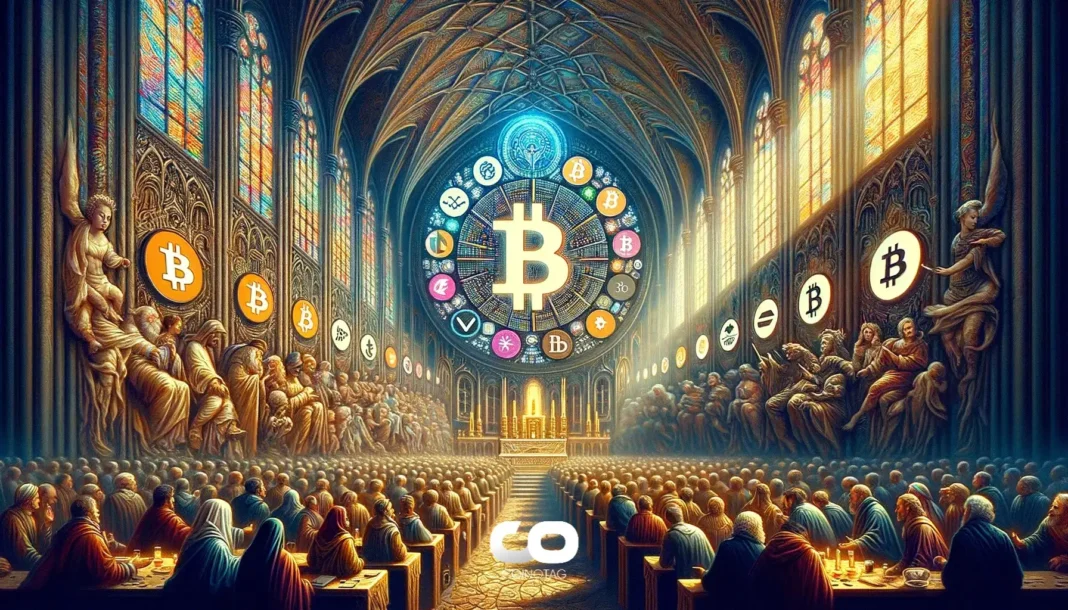-
The XRP Ledger’s recent move to reduce its base reserve requirements promises to make the cryptocurrency more accessible to users, significantly lowering the barriers to entry.
-
This reduction allows users to maintain active wallets with just 1 XRP, fostering potential growth in network participation and user engagement.
-
According to the announcement by the validator operator Vet, “This change aims to streamline user onboarding and enhance the overall XRP ecosystem.”
XRP Ledger slashes reserve requirements from 10 to 1 XRP, paving the way for easier wallet funding and increased user engagement in the crypto sphere.
XRP Ledger Reduces Base Reserve Requirements Significantly
The recent adjustment to the reserve requirements on the XRP Ledger, made effective on December 2, has shifted the base reserve from 10 XRP ($25.60) to merely 1 XRP ($2.56). This pivotal change allows new users to create and fund their wallets with significantly lower cryptocurrency sums, which could enhance network participation and adoption.
Historically, a larger reserve had been implemented to limit the proliferation of spam accounts on the network, but this has been a topic of contention. The reduction was crucially timed to coincide with a broader push to democratize access to the platform.
Implications of the Lower Reserve for New Users
The lowered requirement not only encourages new wallets but also reduces the amount of XRP currently locked up as reserve that users can no longer trade or utilize. Each user now needs to hold only 0.2 XRP ($0.51) per object in their account, easing the constraints around maintaining NFTs, trust lines, and other assets on the network. As specified in the XRP Ledger documentation, this shift is expected to enhance liquidity and use cases for various on-chain activities.
Developers Debate the Trade-offs of Lower Reserves
In a post made by XRP Ledger developer WietseWind on October 16, it was conveyed that while the change could promote greater user activity, it could also lead to increased workload for the network’s infrastructure. He noted that higher user engagement levels could pose challenges, yet termed this a “good problem to have” as it indicates a growing interest in the platform.
WietseWind acknowledged the potential for increased transaction volume but reassured that the engineering team is prepared to manage any additional stress signals from the network. The extended debate around reserve requirements underscores the need for agility in blockchain design, especially as adoption continues to expand.
Regulatory Landscape and Market Response
Simultaneously, XRP’s price dynamics have experienced a surge following the ongoing legal battles faced by Ripple Labs against the SEC. Despite claims by the securities regulator that XRP is a security, Ripple is actively contesting these assertions. Since Donald Trump’s election, XRP’s value has risen from less than a penny to $2.65, marking its highest valuation since early 2018.
Ripple has proposed appeals and advanced legal measures, generating anticipation among investors regarding potential favorable outcomes in their protracted litigation with U.S. regulators. As the legal landscape evolves, it will be crucial for users and stakeholders to stay informed about both technological changes and regulatory developments that could impact the XRP ecosystem.
Market Trends: Growing Optimism Among Investors
The recent policy changes concerning reserve requirements are seen as a positive step in encouraging broader use of the XRP Ledger. Optimism surrounding the cryptocurrency ecosystem, bolstered by increased user activity and impending regulatory clarity, is expected to propel XRP’s adoption further. As adoption accelerates, the market will likely witness an uptick in new partnerships and use cases across industries leveraging the XRP technology for more efficient transactions.
Conclusion
In conclusion, the XRP Ledger’s adjustment of its reserve requirements highlights a strategic move towards enhancing user engagement and accessibility within the crypto space. As the network embraces this transition, stakeholders will need to monitor its impacts on market dynamics and user behavior. With regulatory discussions ongoing, the outcome will play a pivotal role in shaping XRP’s future trajectory, signaling a time of both opportunity and caution for investors.







